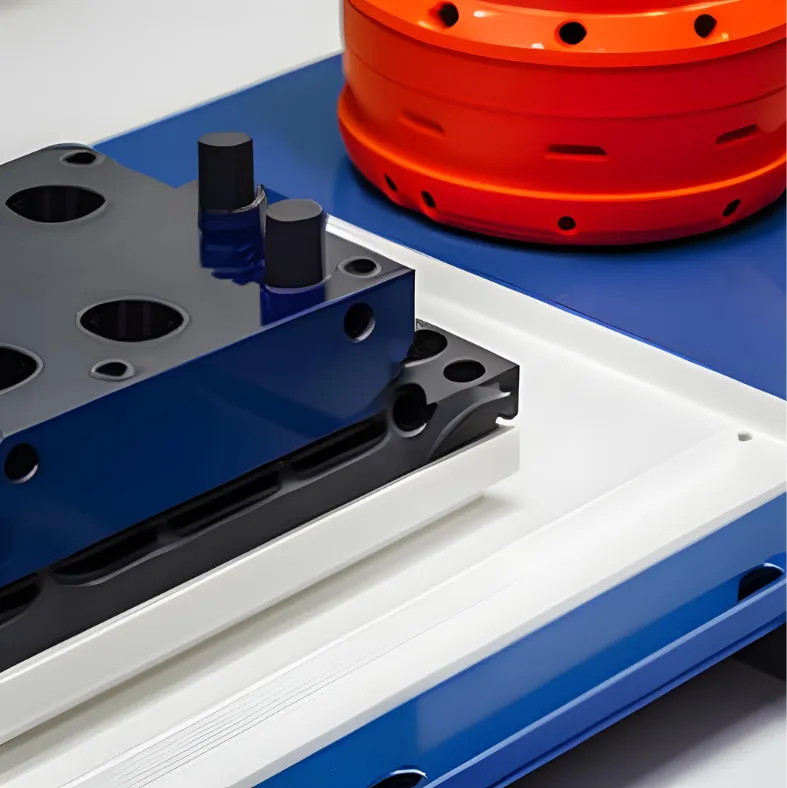Tool and die makers in India | Plastic Mould Manufacturer
15/1 Rama Road
Kirti Nagar Delhi-110015 India
+91 8883912346
asia@hongyijig.com
Certified
ISO 9001:2015

8 Reasons why you should invest micro injection moulding

Micro injection moulding refers to the product manufacturing of very small parts that are measured in millimeters.
The use of micro injection molding has been widespread over the past couple of years since this type of molding covers a wide area of functionality.
This Technology has always been used in making medical equipment for many years but with the advancement in the micro injection moulding sector the scope and usage of this technology has become widespread in many sectors such as Drug Delivery Devices, Printer cartridge Gears,Stem cell research,Syringe parts, medical devices, printing, Electronics, microfluidics, automotive, telecommunications, aerospace, consumer goods, optics, Industrial automation, biotechnology, Micro Optoelectronics, and Research and Development.
There are many benefits to this type of part production process such as:
- High Precision and Tight Tolerances: The standout feature of micro injection molding is its ability to produce parts with astonishing precision and tight tolerances. This is a critical advantage when developing products that require microscopic components. These types of microscopic components are being used in the Research and development sector for medical, electronics, aerospace,etc.
- Reduced Material Waste: Micro molding is a resource-efficient process. It uses significantly less material compared to traditional injection molding, reducing waste and cutting costs. This advantage is particularly relevant when working with expensive or specialized materials.
- Faster Cycle Times: Smaller molds and components translate to quicker cycle times. Speedy production is beneficial when you’re aiming for high-volume output, which is often the case in new product development.
- Multi-Cavity Molds: Micro molds are frequently designed with multiple cavities, allowing for the simultaneous production of multiple parts in one cycle. This not only boosts production efficiency but also lowers per-unit costs.
- Complex Geometries: Micro injection molding can breathe life into complex and intricate designs, making it an invaluable tool for developing products that require fine details, microchannels, or thin walls. Endoscopic machines have requirements for complex geometries to perform many surgeries.
- Versatile Material Options: Whether you’re working with traditional thermoplastics, engineering plastics, elastomers, or biodegradable materials, micro injection molding can handle a diverse range of materials. This flexibility lets you choose the ideal material for your specific application.
- Low Residual Stress: Due to the small size of micro parts and the precision of the process, they often exhibit lower residual stresses, leading to improved part quality—an asset in industries like microelectronics. Less Residue leads to less cost in depositing the extra material.
- Consistency and Reproducibility: Micro injection molding processes are exceptionally controlled and repeatable. This ensures that the quality of your parts remains consistent across different production runs, crucial in industries with stringent quality requirements. Small injection moulding machines can function more effortlessly and fast than big machines and save up to 30% cost.
- Cost-Effective Prototyping: When you’re in the early stages of new product development, cost-effective prototyping is essential. Micro injection molding can be a valuable tool for creating small-scale prototypes, enabling you to validate designs and iterate efficiently. It saves 10X more cost than usual big methods of prototyping such as 3D printing.

